Homegrown Groceries: Fruit and Vegetable Container Gardening
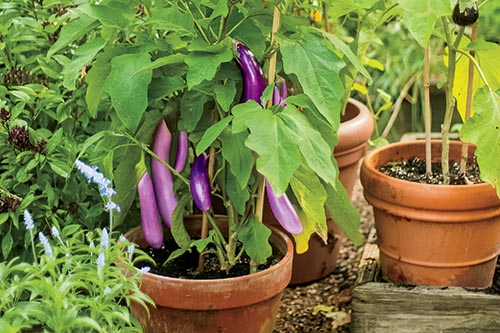
I have always wanted to know where my food comes from, and that’s most easily done when I grow it in my yard. While my garden has expanded over the years along with my appetite for homegrown produce, you really don’t need a huge piece of property to grow some of your food.
People often tell me they don’t have the space to grow a garden. They don’t think they have the room or time to grow good food. Gardening is easier than you think, and there are plenty of ways to get started on a small-scale garden.
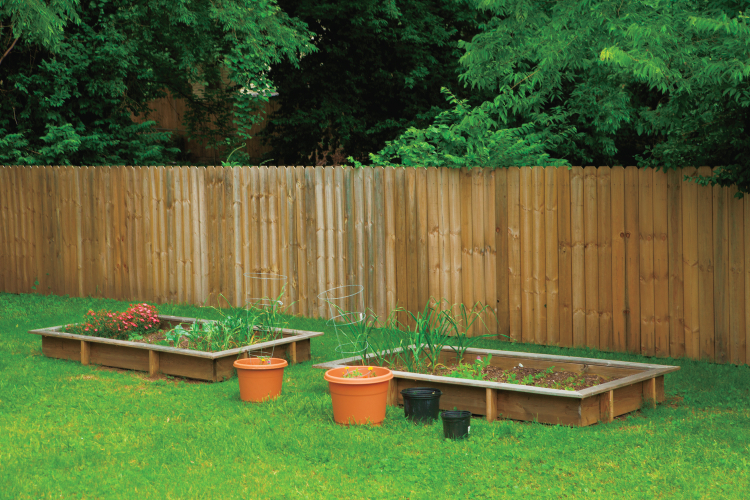
Raised Beds
I use raised beds because they make gardening easier. Unlike tilling up the soil in a large patch of land, raised beds rely on soil that you bring in, which increases plant health and decreases tasks like weeding.
Make sure that you can reach every point in your raised bed without having to step into it. I recommend a bed that is 4 by 4 feet. Western Cedar is a good choice for your lumber because it’s slow to rot.
Choose the place where the bed will go and fill it a third full with soil, add a layer of compost and organic fertilizer, and then fill the bed up to the lip with more soil.
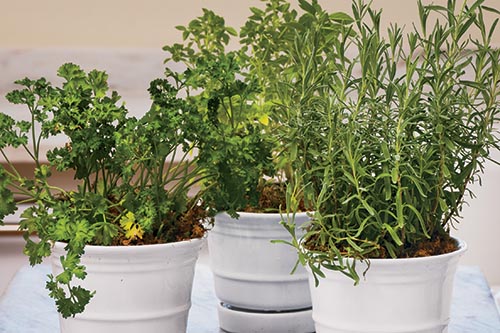
Container Gardens
Choose pots for container gardens based on plant requirements. Blueberries, for example, do well in large pots. I have five 10-gallon containers with three different varieties of berries (you need two varieties to get cross pollination).
When growing root vegetables or leafy greens, the combinations that can co-exist in containers are virtually endless. Plant one pot that contains several different herbs, another pot with an assortment of greens and another of ornamentals, such as coleuses and roses.
Dwarf fruit trees require more sunlight and water, and their pots will need to be larger, but you can create a decorative assortment of pots without having to dig up your lawn.
Nontraditional Gardens
Nontraditional gardens offer plenty of ways to grow with only a small amount of space and sunlight.
In a windowsill garden, I like the look of a row of pots planted with herbs that grow well indoors, such as chives, parsley and mint. Make sure you have a good drainage system; otherwise, your plants will be susceptible to rot.
Hanging baskets are another great option, particularly if you have a fire escape. One hanging basket can grow two heads of lettuce, a slew of herbs and virtually any root vegetable. Because it stays outside, it will get plenty of sun and rain.
A pallet garden is one method I haven’t tried yet, but I’d like to. Box in four sides of a shipping pallet made of untreated wood. You can hang the pallet on the wall for a space-saving vertical garden or position it on the ground. Then fill the inside with soil, and plant your vegetables in the open spaces between the slats of wood. If you have a patio where you can hang it, a pallet garden can grow a good amount of food while taking up only a little outdoor space.
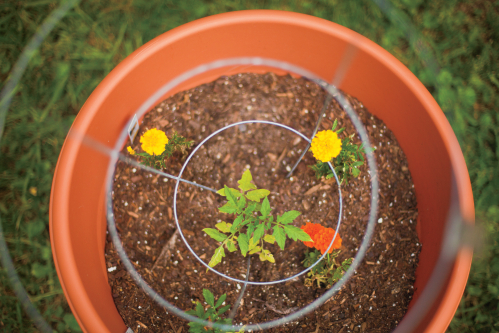
Intercropping Plants Saves Space
In any small-space garden, I suggest intercropping, which involves combining plants in close quarters to save space. The plants you choose must have similar requirements and growing habits. For instance, deep-rooted carrots make good companions to shallow-rooted lettuce. Corn, squash and beans also do well when planted together, as the squash shades the soil while the corn provides a structure for the beans to climb. (Related: Companion Gardening: Interplanting Flowers, Fruits, Veggies and Herbs)
When you plant your seeds, choose plant sizes that can grow well together. This spring I’ll plant lettuce as a ground cover and snap peas to grow up stakes. Once the weather warms up, I’ll add tomatoes in between the snap peas. When the peas are done producing, the tomatoes will have plenty of room to grow up the stakes.
Whatever you choose, plant things that you want to eat so that your fondness for gardening continues to grow to larger pots and plots.




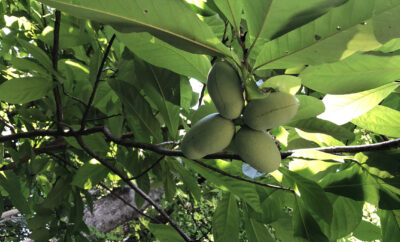
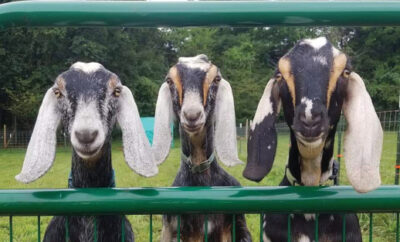








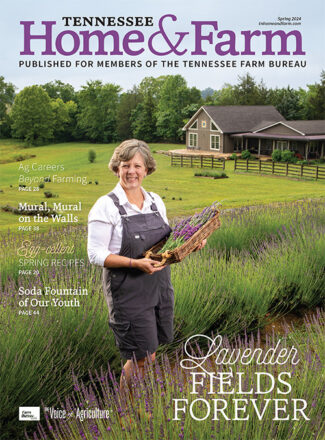

I can’t take care of a full size garden but I love my tomatoes, yellow squash, cucumbers and sweet peppers. I do use container gardening for lettuce and salad greens.
I have a tropical plant business and we save the potting materials from plants that we need to throw away. I used this material in some 20″ diameter containers to grow tomatoes last year. Am I going to have problems replanting in those containers with the same soil this year?
Thanks so much
Sandy
I arrange some concrete blocks in the front by the house and use a trellis and tomato cages to plant my veggies in.
Hello, thank you for sharing such an interesting information. https://nicciskincare.com/products/dandruff-shampoo
My tomatoes had horrible blyte last year from humidity.